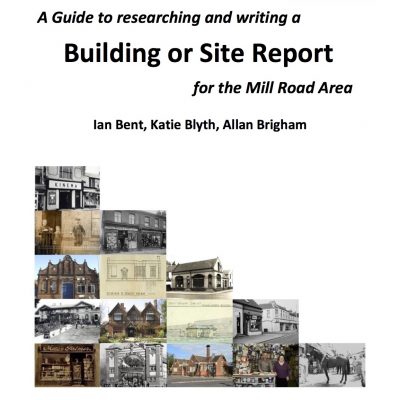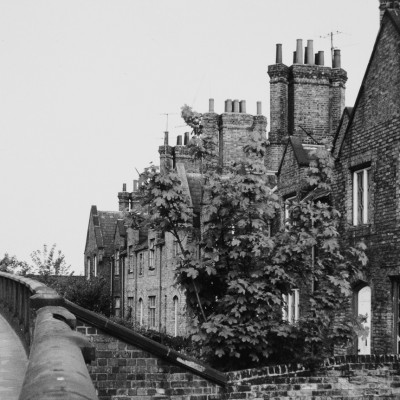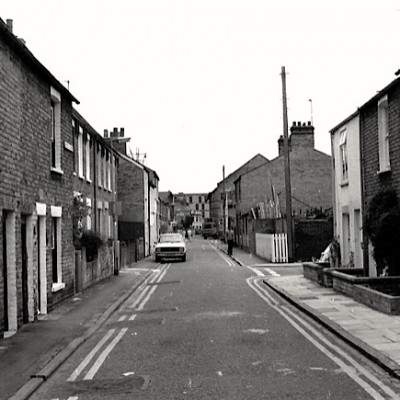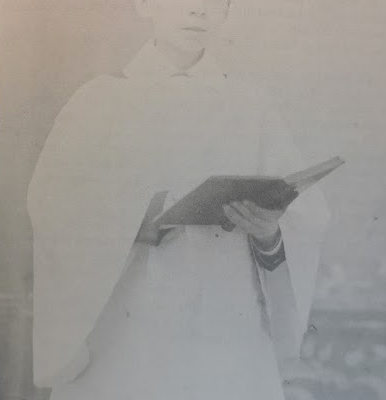Search by topic
- archaeology
- Building of Local Interest
- charity
- church
- crime
- dressmaker
- fire
- Great Eastern Railway
- Listed building
- Mapping Relief
- medieval
- oral history
- poverty
- Public House
- Rattee & Kett
- Religious House
- Roman
- scholar
- school
- Then and Now
- tudor
- women
- work
- world war one
- world war two
Search by text
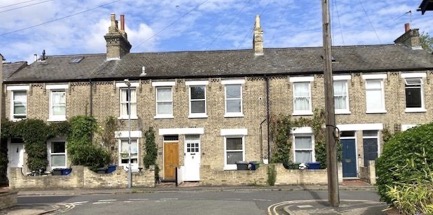 The terrace of the ‘Hicks Houses’ 42–50 Covent Garden, Caroline Bent, 2023
The terrace of the ‘Hicks Houses’ 42–50 Covent Garden, Caroline Bent, 202342–50 Covent Garden, The ‘Hicks Houses’
"Common English row houses"
The twentieth of the Mill Road History Society building reports is about a terrace of houses in Covent Garden off Mill Road.
Read the complete building report (PDF)
From the introduction
The focus of this study is on the five houses on the west side of Covent Garden opposite the junction with Cross Street. They make up the fifth and final terrace to be built in Covent Garden, the first two terraces of which were Nos 21–31 and 52–58 (the two sides of the cul-de-sac) built between 1836 and 1845. The third terrace was Nos 22–30 with longer front gardens, built between 1868 and 1871, the fourth, Nos 2–16 at the top of the street, built between 1871 and 1876. Together these five terraces comprise 28 houses and make up the bulk of the street’s residential buildings.
The houses of the five terraces can each be characterized in Stefan Muthesius’s term as ‘the common English row [or terrace] house’. All are built in local ‘white’ brick with stone lintels and cills, and with slate roofs. They are in keeping with the bulk of Cambridge terrace housing – that of, say, Romsey, old Chesterton, and Newnham Croft – though they are more austere than most, sporting no red-brick string-courses, terra cotta inserts and other ebullient features. The only concessions are the semi-circular white-brick door lintels of Nos 22–30.
At the time of writing in early 2024, these and adjacent houses (Nos 32–58) are under potential threat of building on Fenner’s ground by Hughes Hall, which could deprive some or all of them, as well as several houses on Glisson Road, of their prize asset: their view of the cricket field, and of light, privacy and quiet. Other losers would be the cricketers themselves: the view in the picture above has changed very little over the past 100 years, and much of its tranquillity and charm would be lost were new buildings to be erected on that side of Fenner’s.
Contribute
Do you have any information about the people or places in this article? If so, then please let us know using the Contact page or by emailing capturingcambridge@
License
This work is licensed under CC BY-NC-SA 4.0






